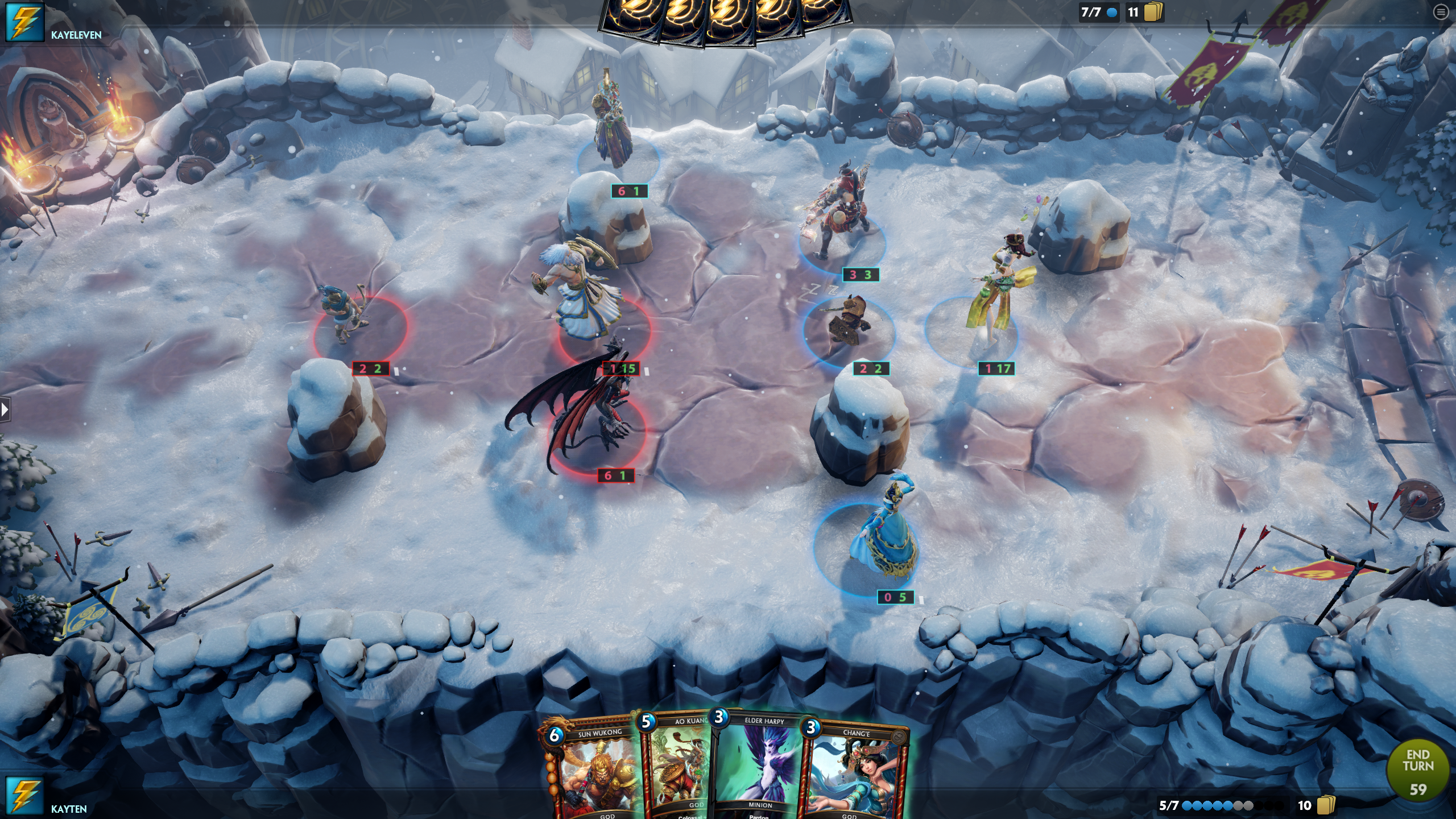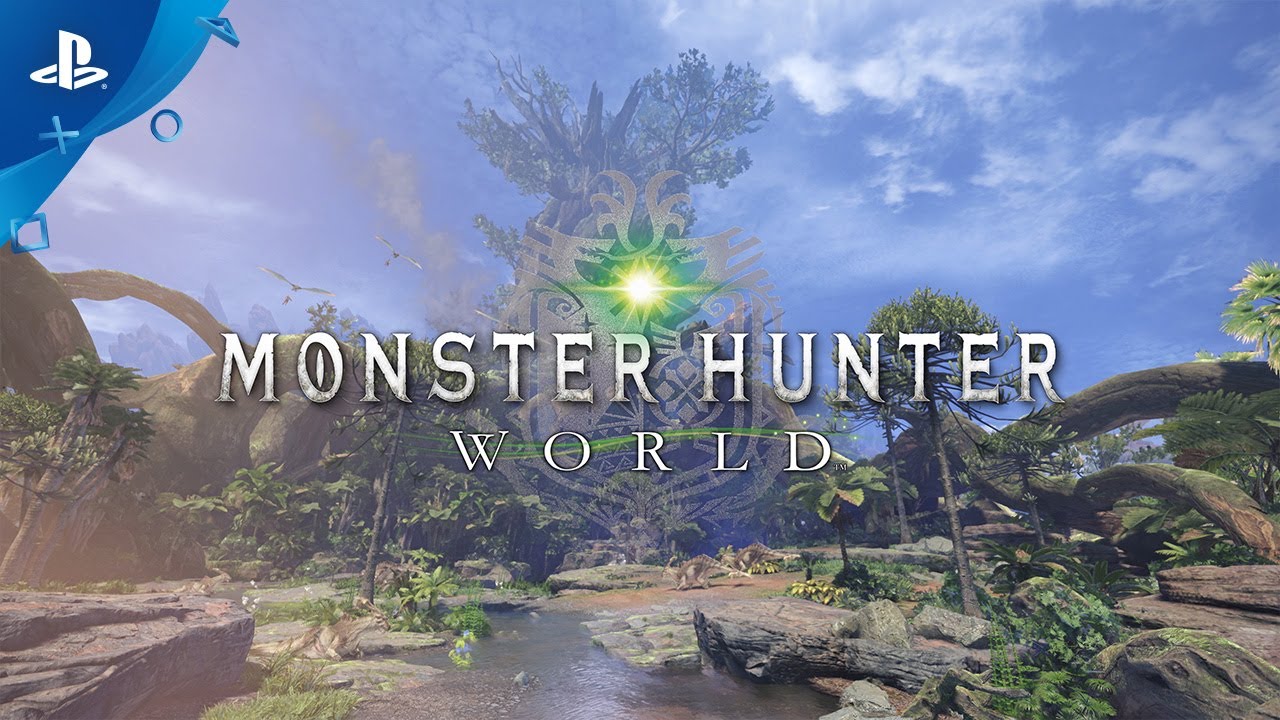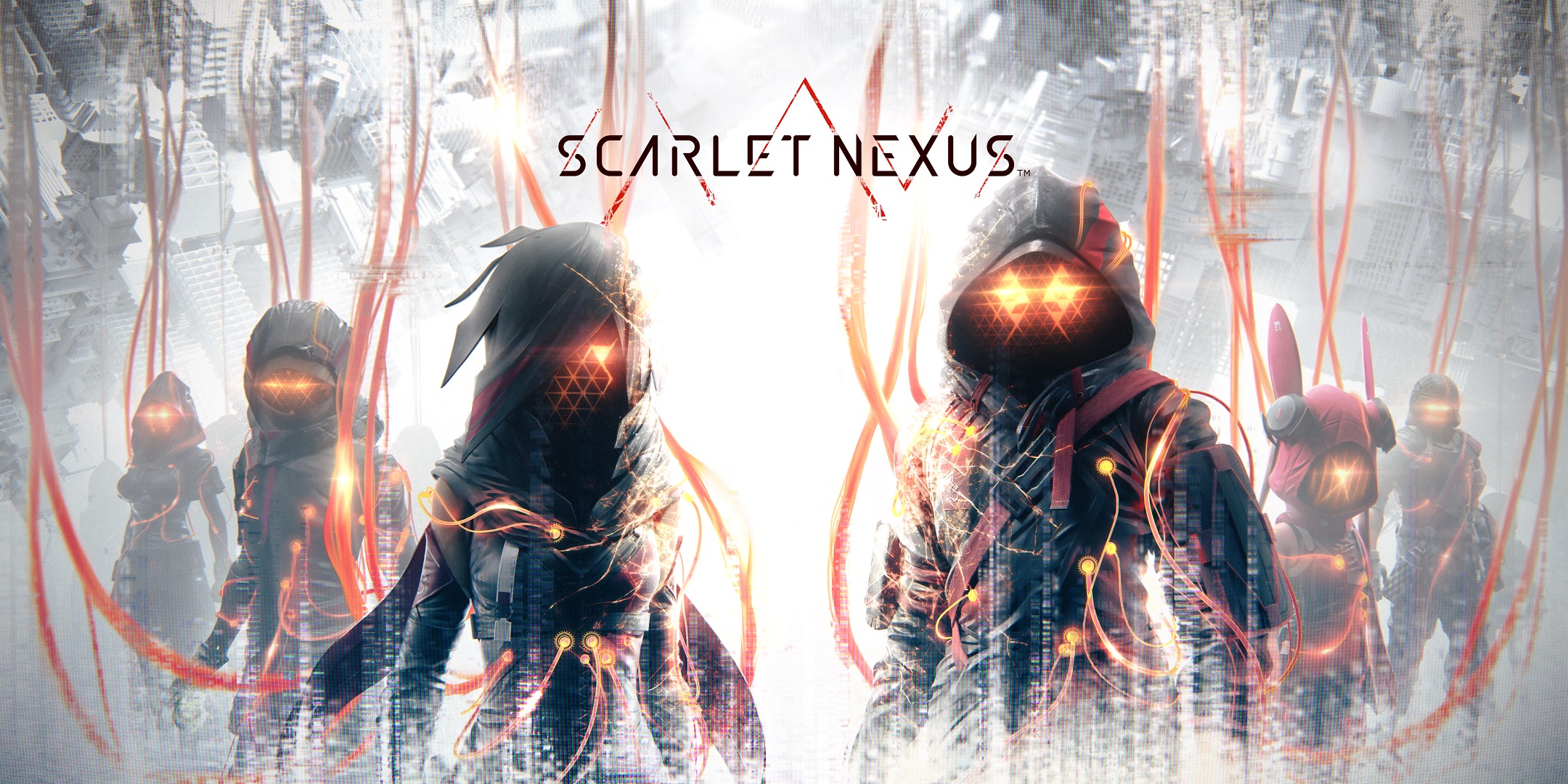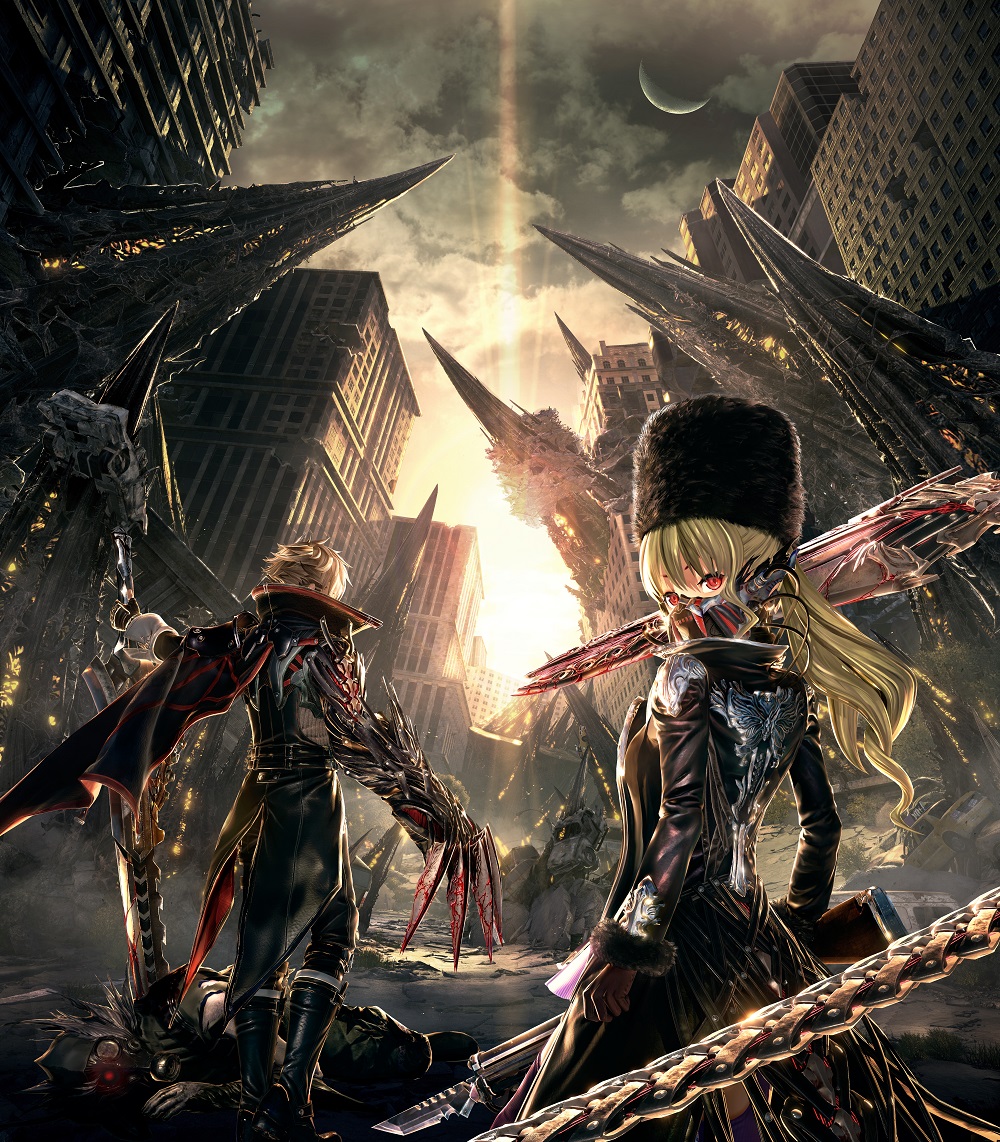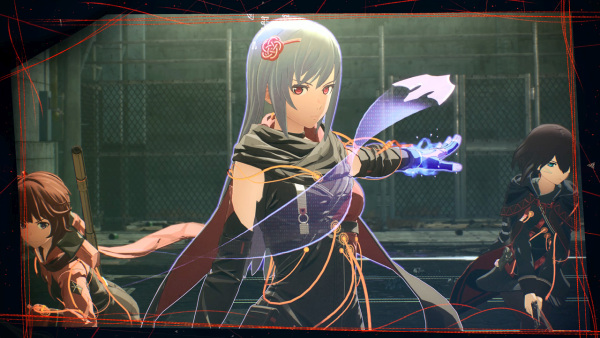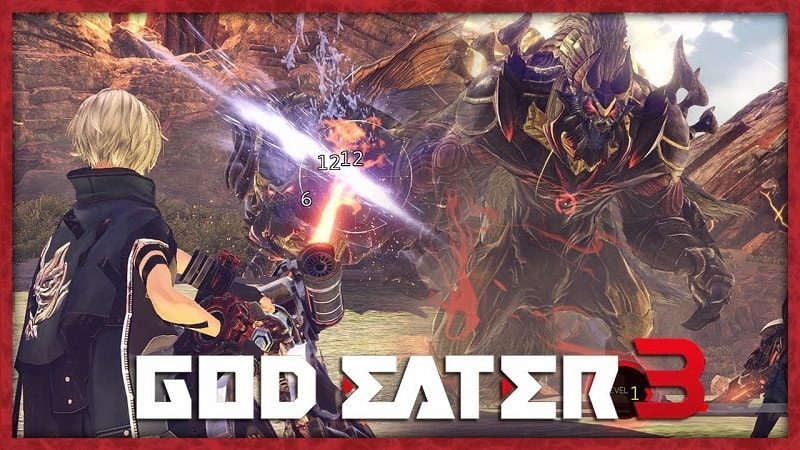
After years of handheld-first development, the God Eater franchise finally makes its way exclusively to home consoles and PC with God Eater 3. Equip your God Arc weapon and fight your way through hordes of Aragami – monsters that can withstand the ash-filled air that is destroying the world and bringing life to the brink of extinction. Create your own character, build your inventory and rescue friends along the way as you journey through new fields to help rebuild civilisation, and maybe eat a few gods along the way.
After getting a backstory and creating your character, you’re quickly thrust into the world of God Eater 3 where you soon learn that this is a game about survival. Players familiar to the God Eater franchise will know that it has a lot of similarities to the Monster Hunter franchise, and this latest iteration is no exception. Missions are chosen from a home base, and you are then sent to a field of play and given a time limit to complete the mission (before the ash suffocates you to death). Each mission is generally hacking and slashing your way through a handful of Arigami mobs before going up against a boss, and only takes up to ten minutes to complete. There are random pieces of loot to find throughout each mission, and you can also get items from each Arigami you defeat along the way by performing your God Eater action.
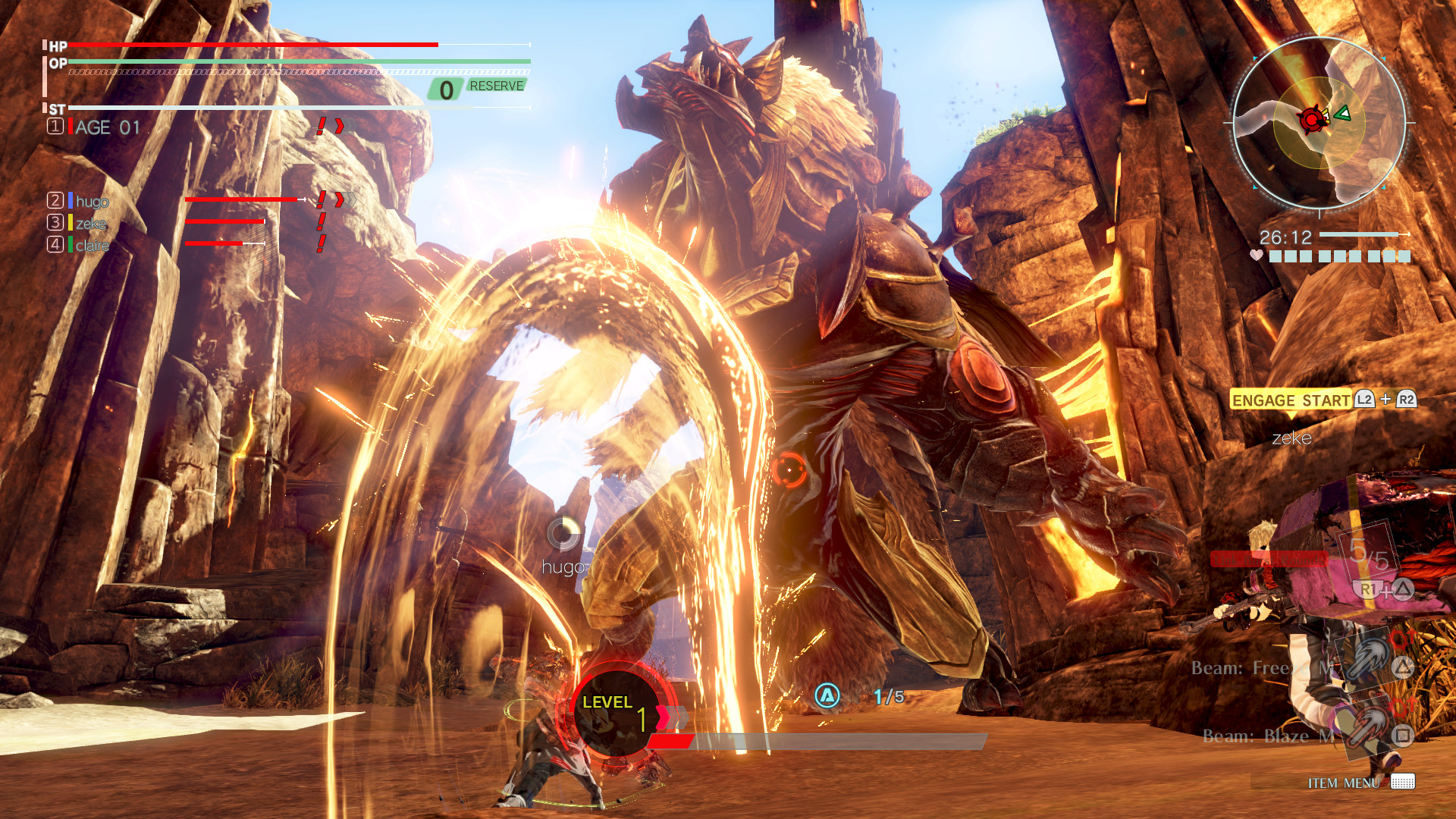
Combat is straight forward in that there are over-the-top melee and ranged weapons known as God Arcs that you can upgrade as you progress through the game, however they only have a couple of different types of attacks and performing combos is somewhat limited. There is a pairing system with the other characters you take in to battle called ‘Engage’, and the benefit you can get from engaging with them can also be customised. In fact, most of all of God Eater 3’s combat system is heavily customisable and surprisingly deep if you know what you’re doing. Benefits of engaging for example can be an increase in damage for your god eater ability, increased ranged damage, increased healing, and many more. It’s important to remember which character has which engage benefit when you go in to battle, particularly when you get in to the more fierce battles.
Back in your home base you will find a home terminal that has a full range of options such as crafting, upgrading, and modifying everything from cosmetic accessories for your character to crafting new God Arcs using rare materials you have found or purchased. There’s one main vendor in your base where you can sell consumables and purchase a range of items, and there’s also another vendor that visits every few missions with unique items. We found the currency to be somewhat limited early in the game, however players are encouraged to replay missions to get certain items for crafting, so finding missions that don’t take long and farming them seemed like a pretty easy way to build up funds.
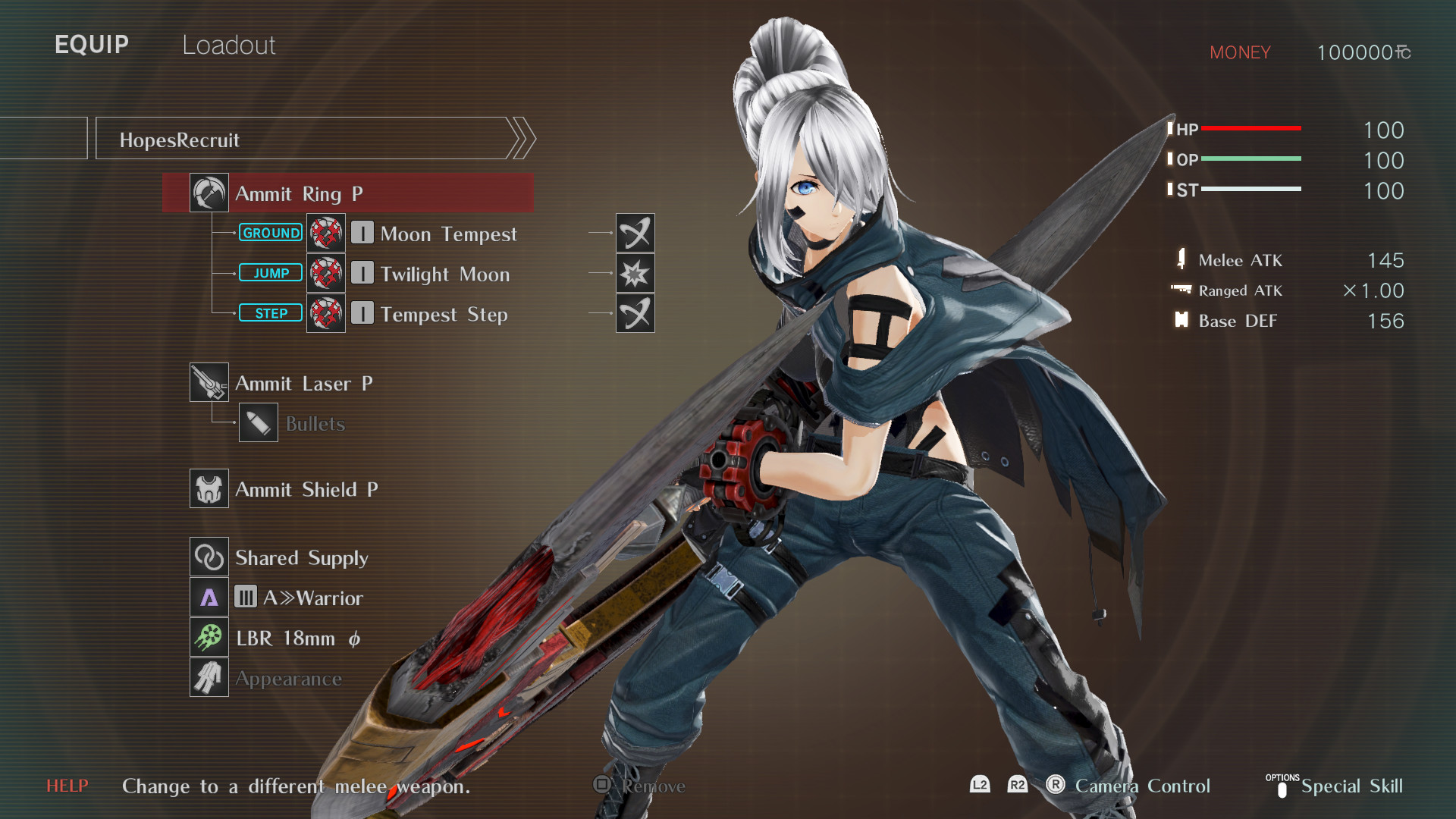
Missions are accepted from a more central terminal in the base, and on top of main missions are plenty of clearly labelled optional missions, as well as the online assault missions where up to eight players can attempt to take down some tough Arigami with much shorter time limits. There are well over a hundred missions but with most of the early ones taking a maximum of 5-7 minutes, you’ll find yourself reaching harder missions pretty quickly if you can power through the story.
God Eater 3’s story and character development is, we’ll say, stimulating. Without giving too much away, you’ll meet many striking and somewhat busty characters along the way. It’s clear God Eater 3 was built to target the Japanese market, but hopefully the game can find its niche in the western world as well. What we found irritating about the character and story development is that it was all incredibly forced, with little to no guidance. After completing a mission and returning to your home, often you were unable to progress to the next mission until talking to a couple of characters, however the story gives some excuse like “The ship is not ready yet” or technical issues etc., and sends you off to communicate with the plebs on your ship for what is often pointless dialogue that some of us would rather skip. What’s worse is that there’s no map displaying where these characters are, so often you are forced to check EVERY. SINGLE. ROOM. until you find the character you need to talk to, just for them to tell you they think Claire is cute, and then you can progress to the next mission.
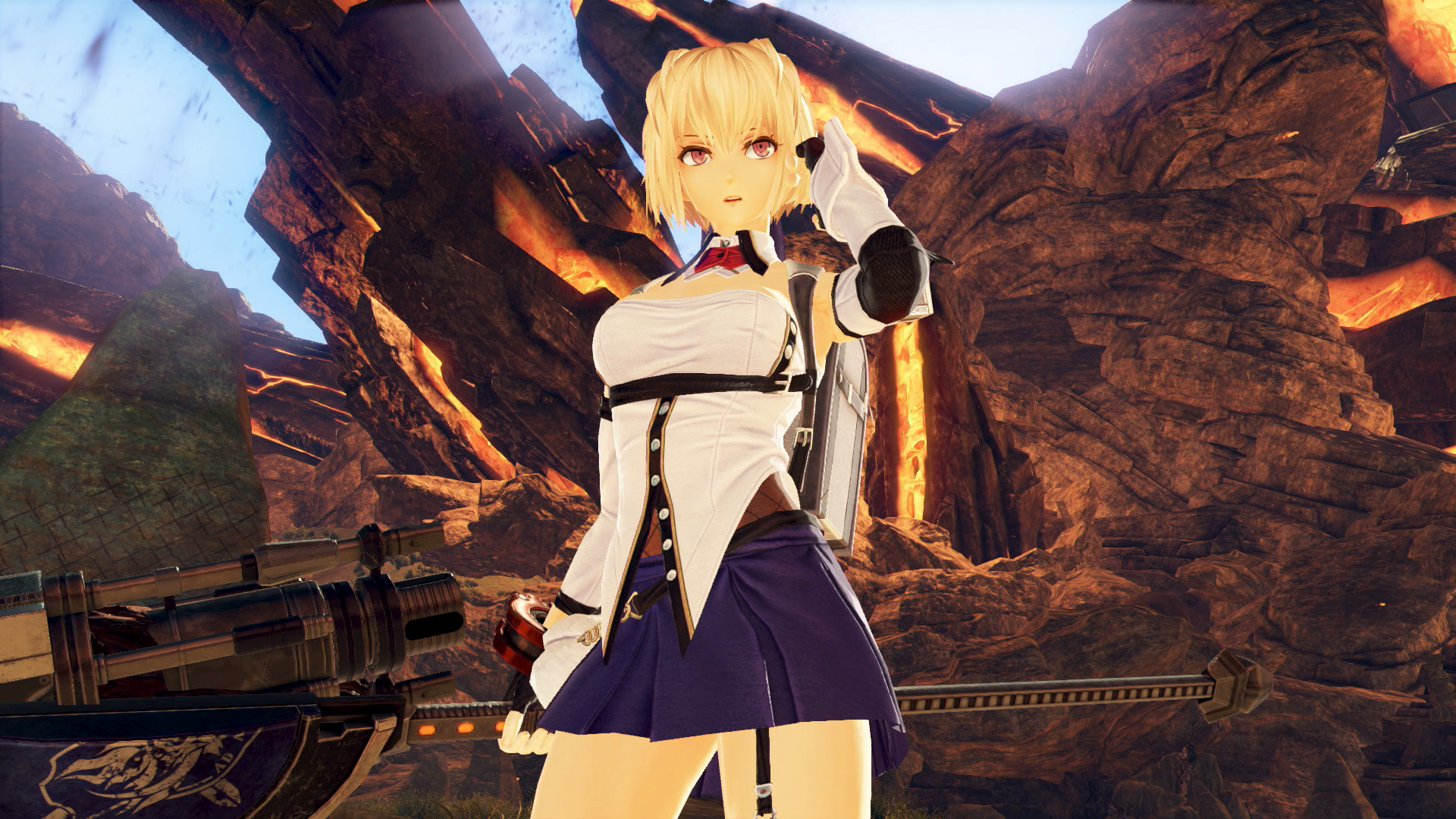
The graphics in God Eater 3 are anything but inspiring. For a game launching in February 2019 (and less than two months ago in Japan), we were expecting environments to be far better looking and character models to be more in-depth. What we’re left with though is a game that looks like it could probably run on the Nintendo Switch which makes us ask the question of whether God Eater 3 was originally planned for the PlayStation Vita until they remembered that nobody outside Japan plays a Vita anymore.
The audio isn’t much better, with voice acting being fairly typical for a translated game, and occasionally the subtitles were even incorrect. The voice acting was sporadic as well, which meant we never knew if we were going to be listening to a conversation or having to read. Combining this with the way the main hub works with advancing through the story as mentioned earlier, and the character relations became quite frustrating. The actual combat sounds on the other hand were up to standard, with lots of beeping and dialogue as your character plans their attack over radio communications with the team you bring in to battle, though there wasn’t much in the way of environmental sounds and instead the game relies on its soundtrack composed by Go Shiina to keep things flowing.
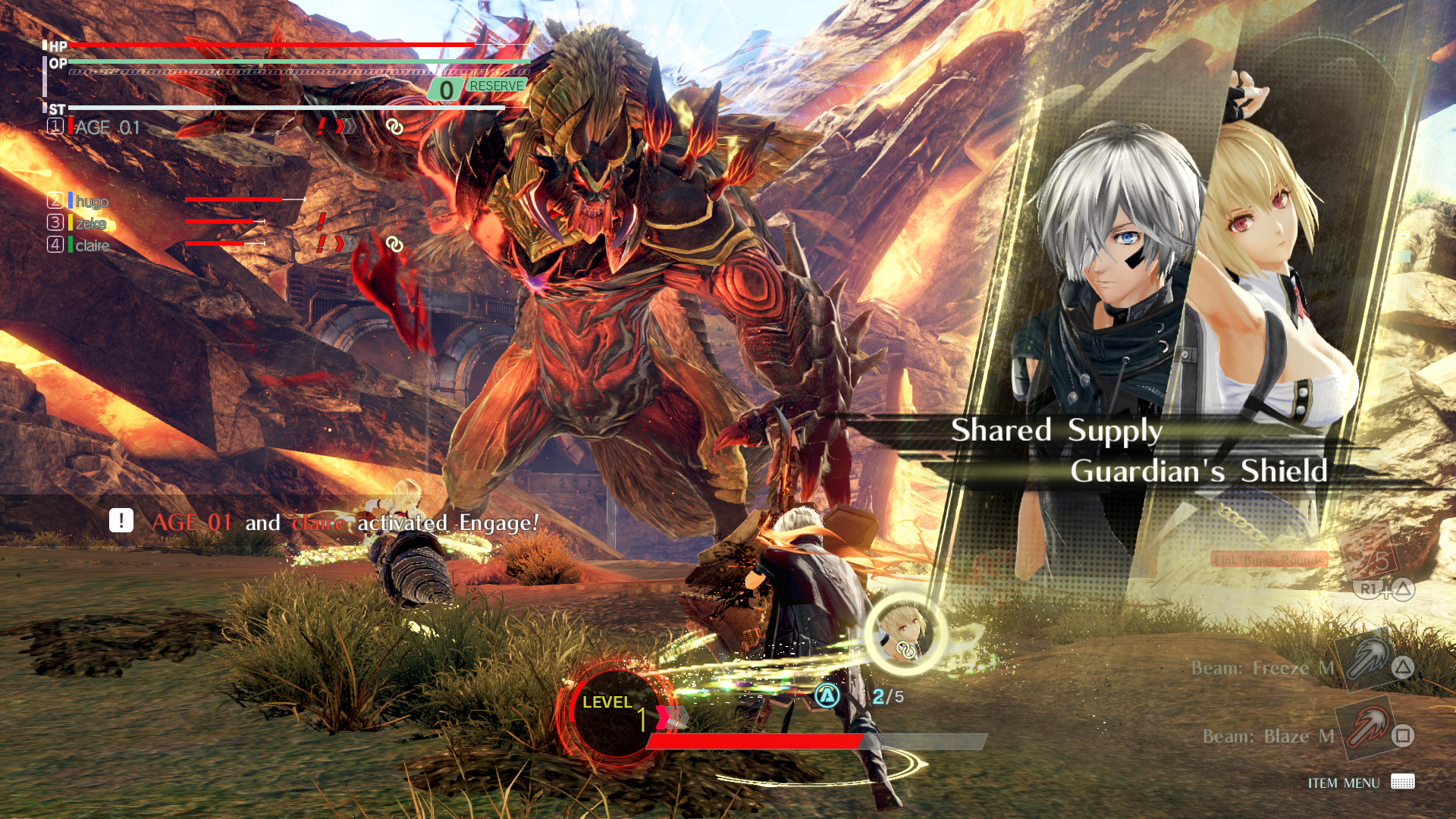
Some will call God Eater 3 a Monster Hunter World clone, perhaps even a title designed to capitalise on what was one of the best games of 2018, but God Eater 3 deserves respect in that it ignores traditional trends and is able to take ideas from other games and use them to create its own unique experience. BANDAI NAMCO and Marvelous First Studio have done a great job in bringing a handheld franchise across to the home console, and it was basically a given after the first two games were re-released on PS4 back in 2015. While the game has some clear grievances, it’s far from horrible. With talks of a possible Nintendo Switch release in the works, it will be interesting to see where God Eater goes next.
- The variety of God Arcs are pretty cool with something for everyone - Combat is as simple or as complicated as you make it.
- Uninspiring graphics and environments, particularly on a PS4 Pro - Frustrating unskippable dialogue and running around between missions.

